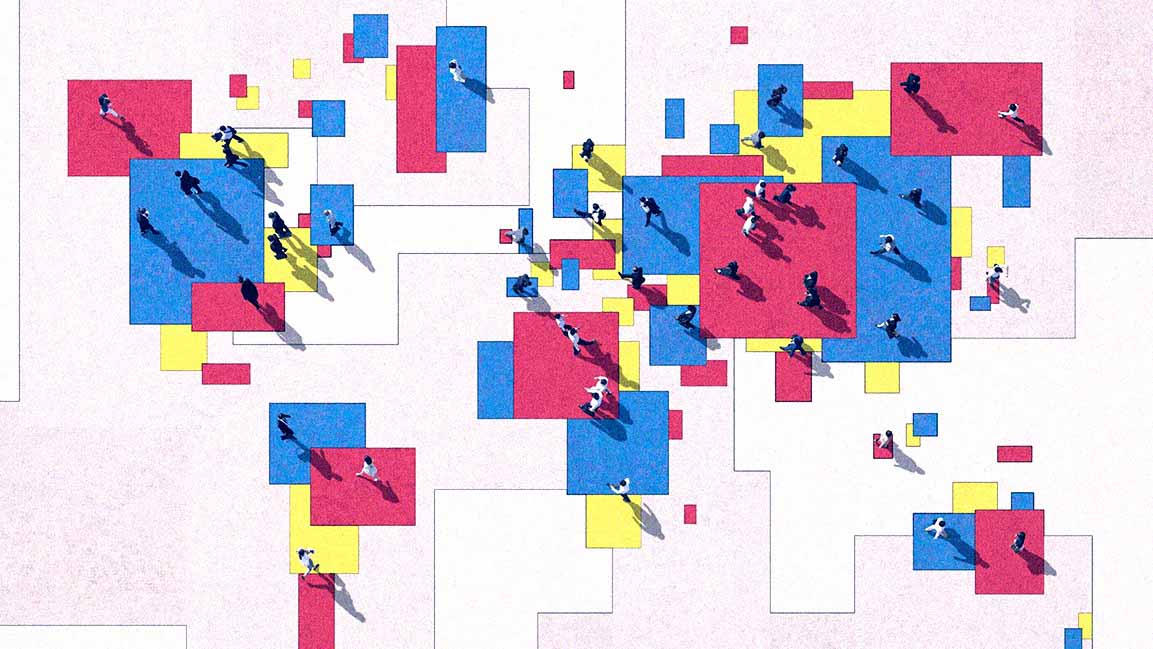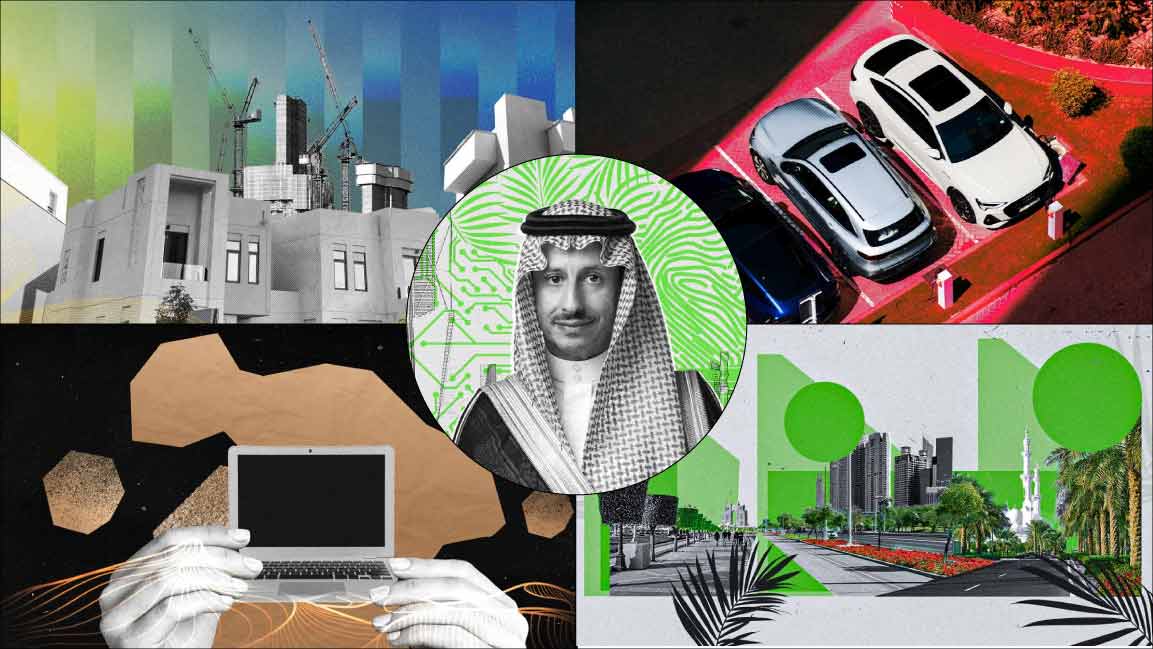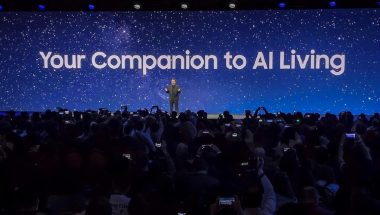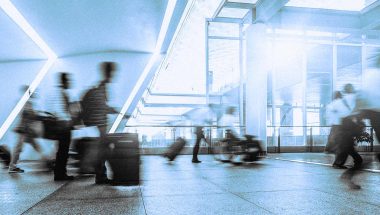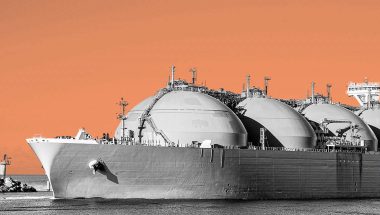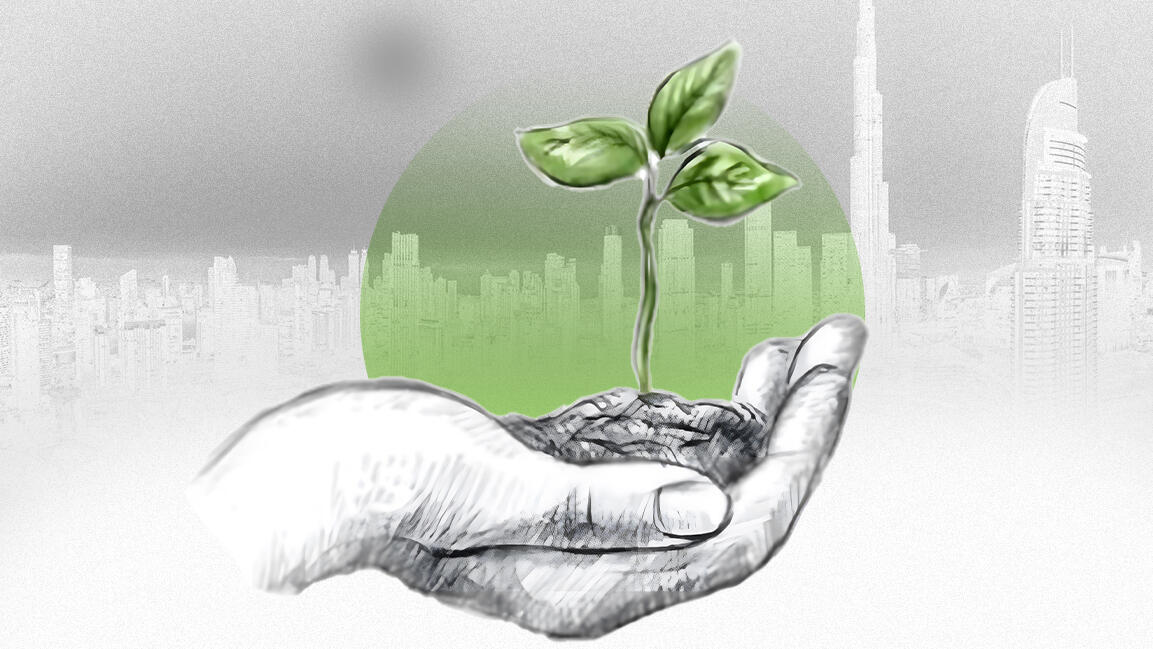- | 9:00 am
How can the Middle East balance urban growth and equity?
Experts say to ensure a city is equitable for the different population demographics , it's crucial to consider housing, roads and increased mobility, energy and water capacity, and essential social services.
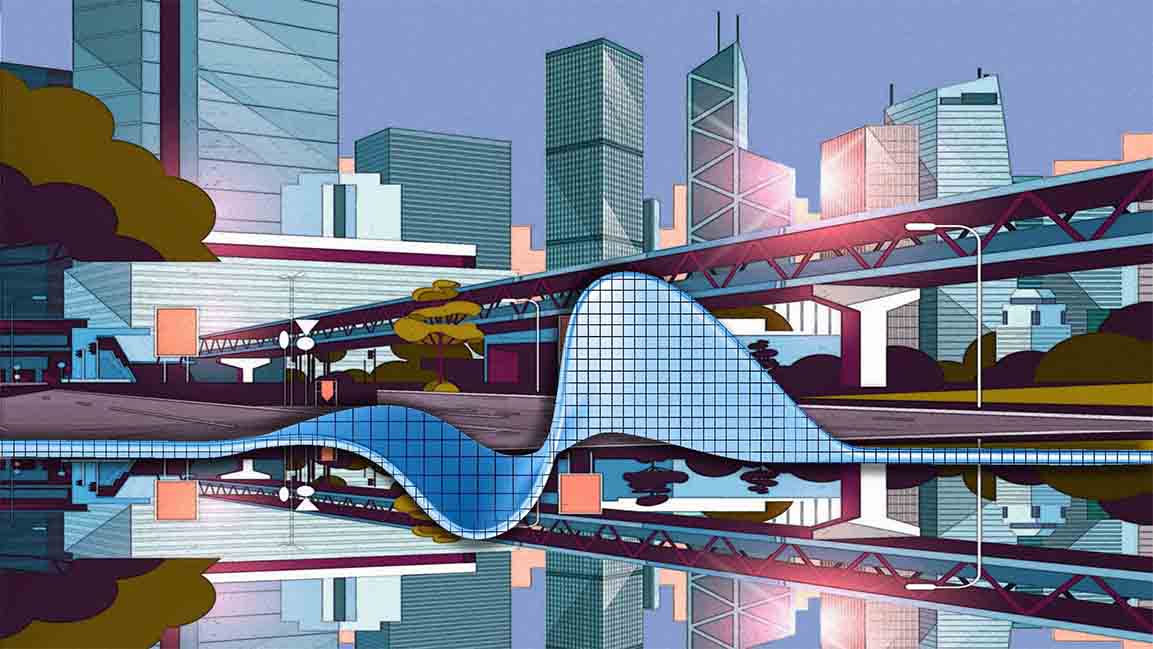
Almost two-thirds of the population of the Middle East live in cities, and this is expected to increase further, making the region among the most urbanized in the world.
So as cities become bigger and denser, the challenges of urban livability are heightened. More people will compete for less land with one consequence – cities will swell.
By 2050, it is projected that almost 70% of the world’s population will live in cities, producing around 75% of the greenhouse gases and consuming approximately 75% of the energy and 60% of the drinking water worldwide.
“As urbanization increases, the strain placed on the available resources will also increase,” says Monica Menendez, Director of the Research Center for Interacting Urban Networks (CITIES) and Professor of Civil and Urban Engineering Affiliation at NYU Abu Dhabi.
Worrying as this prospect may be, it is crucial to ensure a city is equitable, sustainable, and inclusive for the different population sectors, with sufficient housing, roads for increased mobility, energy and water capacity, and the necessary infrastructure to provide basic services such as healthcare and education.
“The needs and opportunities will differ across cities based on climate, culture, layout, and other local conditions. Solutions, thus, should be tailored as one size won’t fit all,” adds Menendez.
The immense challenges cannot be met if we continue to build — doubling the natural resources required to build and operate our cities is not sustainable.
“Urban growth results in a greater demand for services and requires substantial funding to deliver services in a timely and effective manner,” says Hazem Galal, Global Cities and Local Government Leader, PwC Middle East.
START WITH GOOD DESIGN
This challenge is also a significant opportunity to change how things are done – design our cities better.
“Design should be part of any planning process for cities worldwide. This could refer to the design of public spaces, the design of efficient and reliable mobility systems, the design of smart buildings, the design of smart grids,” says Menendez.
In the Middle East, the 15-minute city has gained popularity. Here, the idea is that all residents can easily fulfill their essential needs (grocery shopping, the school run) within a 15-minute walk or bike ride from their home. The car-free city model is another example; it reduces unnecessary private traffic and provides easy access to active and public transportation.
While these models are laudable, it’s no secret that nature in urban settings has a positive impact. Parks and even simple patches of grass not only keep a city attractive but help people find a sense of bliss in a bustling urban environment.
“Singapore is a good example of such cities, where public spaces, parks, and building layouts offer the city residents and visitors unique urban experiences,” says Galal.
Nature within urban settings is pivotal in combating many challenges, including public health, associated with urbanization.
Things like air pollution, green space, and housing are all interconnected. Thinking about them as contributing in different, interlinked ways to our urban exposures can help us understand how good urban design is essential for managing urban growth.
“Those cities that have managed high density through good urban design can offer their inhabitants a good quality of life, a vibrant and welcoming environment while reaping the benefits of offering urban services at an effective cost,” adds Galal.
A NEW PARADIGM IS IMPERATIVE
All agree that design is the field best equipped to offer the tools required to make the cohabitation of industry, nature, and humans harmonious and productive; there is, though, a growing realization that a new paradigm is imperative to grapple with the complexity.
Development policy in many cities has lacked a specific urban perspective, resulting in cities growing haphazardly in the face of irresistible migration and population growth. Urban policy has pursued high-value real estate development and prestige projects while ignoring the needs of middle and low-income people.
For example, Dubai’s residential property market supply has been lagging behind population growth with the affordable segment.
Industry executives say that supply will not be able to keep pace with the demand even in 2024. According to Dubai Statistics Centre data, the emirate’s population grew by over 100,000 in 2023, resulting in a high demand for residential properties.
The urban predicament is incredibly diverse in the region – yet the overwhelming evidence is that urban policy has failed to manage cities in a way that secures social or spatial justice.
“Cities where urban growth is well managed and funded can maintain a high standard of living for its citizens,” says Galal. “On the other hand, unmanaged urban growth can result in overcrowding, shortage of essential services, including housing, which causes poverty, inequality and in most cases, crime.”
Poorly managed urbanization will result in fragmentation, social exclusion, and inequity. And together with the barriers to earning a livelihood, it will undermine national development.
What is also increasingly recognized is that all of these burdens of urbanization are, and will increasingly be, exacerbated by climate change and resource scarcity.
Ensuring equitable and inclusive urban expansion requires a thoughtful and strategic approach, says Dawoud Al Hajri, Director General of Dubai Municipality. “They include people-centric design, mix-use development, and land integration, green spaces and nature reserves, conservation and sustainable practices, digital innovation for accessibility, and inclusivity through diversity.”
LONG-TERM PLAN FOR EXPECTED GROWTH
According to experts, cities and local governments need to ensure there is a long-term plan that accounts for the expected growth in population, complemented by a clear plan on when and where to activate the necessary services and a robust governance model on how to work collaboratively with stakeholders to deliver the services.
This includes working with national-level government (for funding and integration with national-level infrastructure), private sector (to deliver services leveraging PPPs), and citizens (to understand their aspirations and challenges), says Galal.
Galal says the worldwide gap in infrastructure investment is well-documented. Therefore, PPPs are a critical funding source for cities and local governments, requiring the public sector to involve the private sector early in the procurement process and adopt modern regulatory frameworks to incentivize private sector investment.
“Additionally, cities must consider alternative funding sources, such as developing a robust revenue base to ensure the financial sustainability of service delivery.”
Unfortunately, many of the urban policies aiming for a more equitable and sustainable environment are typically made by different organizations working in silos, says Menendez.
“However, given the interconnectivity between all the different components of our urban systems, it is clear that a specific spatial area or industry sector policy could have implications in other areas or sectors as well.”
It is crucial, she says, to adopt a more holistic approach when it comes to urban policies. “We should leverage new monitoring and modeling tools to further understand and capitalize on the connectivity intrinsic to cities so that we can develop more resilient solutions that are sustainable in the long term.”
TECHNOLOGY IS AN ESSENTIAL TOOL
Technology and data can also play a critical role in helping cities, and local governments plan more effectively to ensure the challenges of rapid urbanization are addressed. “Technologies such as digital twins can be a critical tool to enable dynamic, data-driven decision-making related to city service delivery,” adds Galal.
There’s also a discussion on whether leaders in the age of AI need a new playbook centered on mastering data for informed decision-making when tackling urbanization.
Galal says city leaders need to consider several factors when it comes to data, starting with clearly understanding what data must be collected, analyzed, and leveraged for planning and operating the city.
“Technologies such as IoT, Generative AI, and digital twins allow city managers to sense and better understand their citizens and visitors’ needs to proactively offer them urban services promptly while ensuring compliance with data privacy and security requirements.”
In Dubai, digital twin and Urbanist AI, a tool that enables residents to imagine and design the kind of facilities and cityscapes they would like to live in, are already being integrated into planning and services, says Al Hajri.
“AI’s ability to analyze vast datasets and simulate various scenarios makes it an ideal tool in complex urban planning.”
And so, as AI’s capabilities replace old yardsticks of value and productivity, urban planners must shift their focus to swift decision-making processes backed by AI-generated insights. This tech-savvy leadership style is necessary for building inclusive and sustainable urban environments.
“One of the challenges, however, is that most of that data remains in silos, and that prevents the proper development of holistic solutions, as needed to address urban challenges,” says Menendez. “Thus, we must start by creating the right data sharing and integration mechanisms while protecting privacy.”
Ultimately, whether it’s our transportation, energy sources, or housing options, there is an urgent need to consider all the urban factors that impact our well-being. Doing so would balance the nexus between urban growth and equity.












